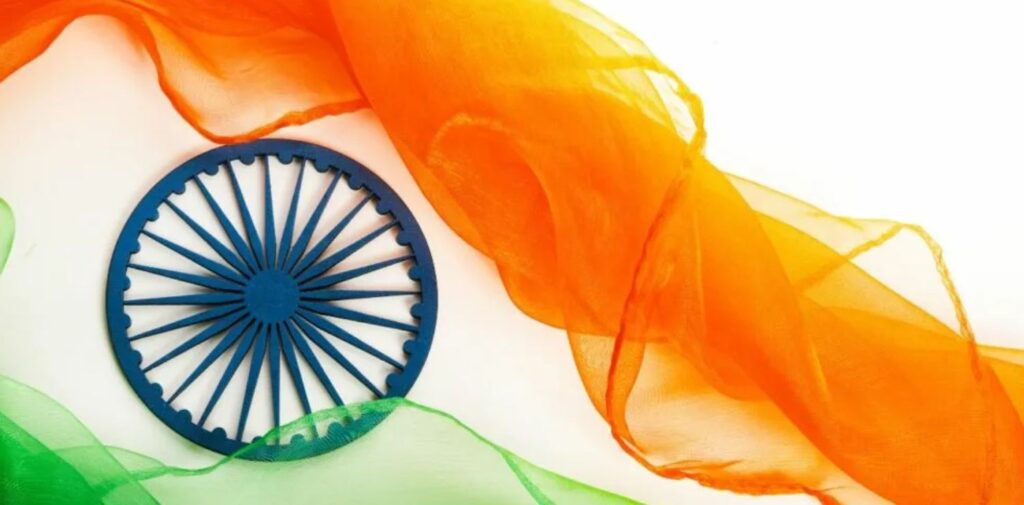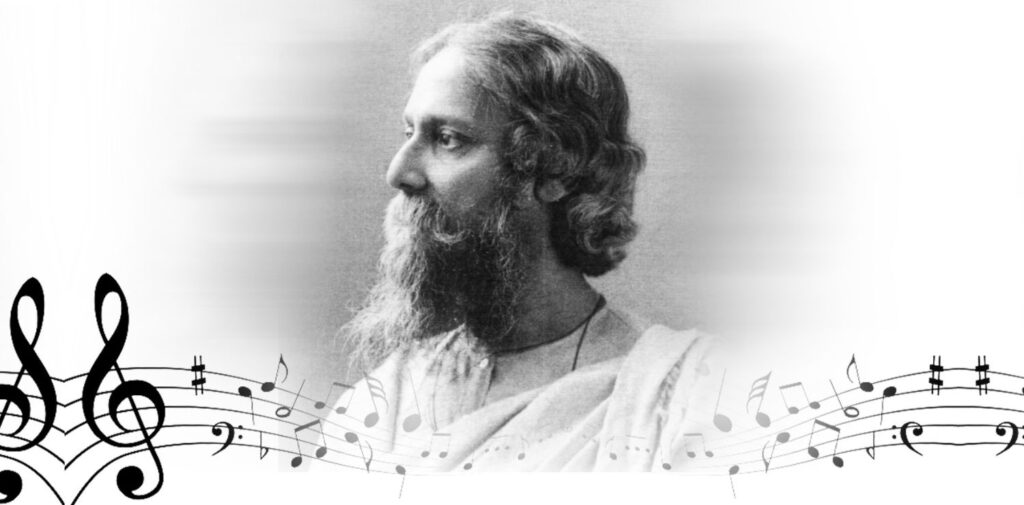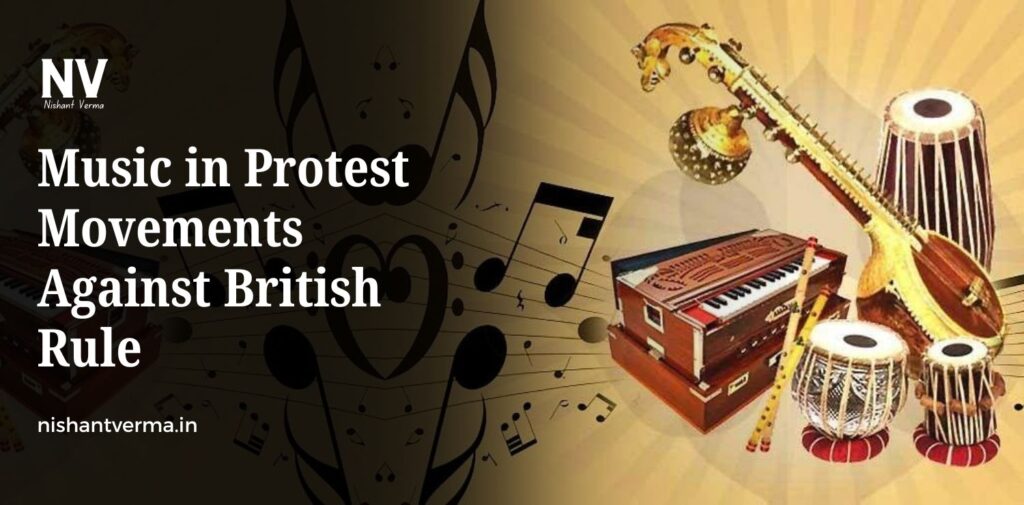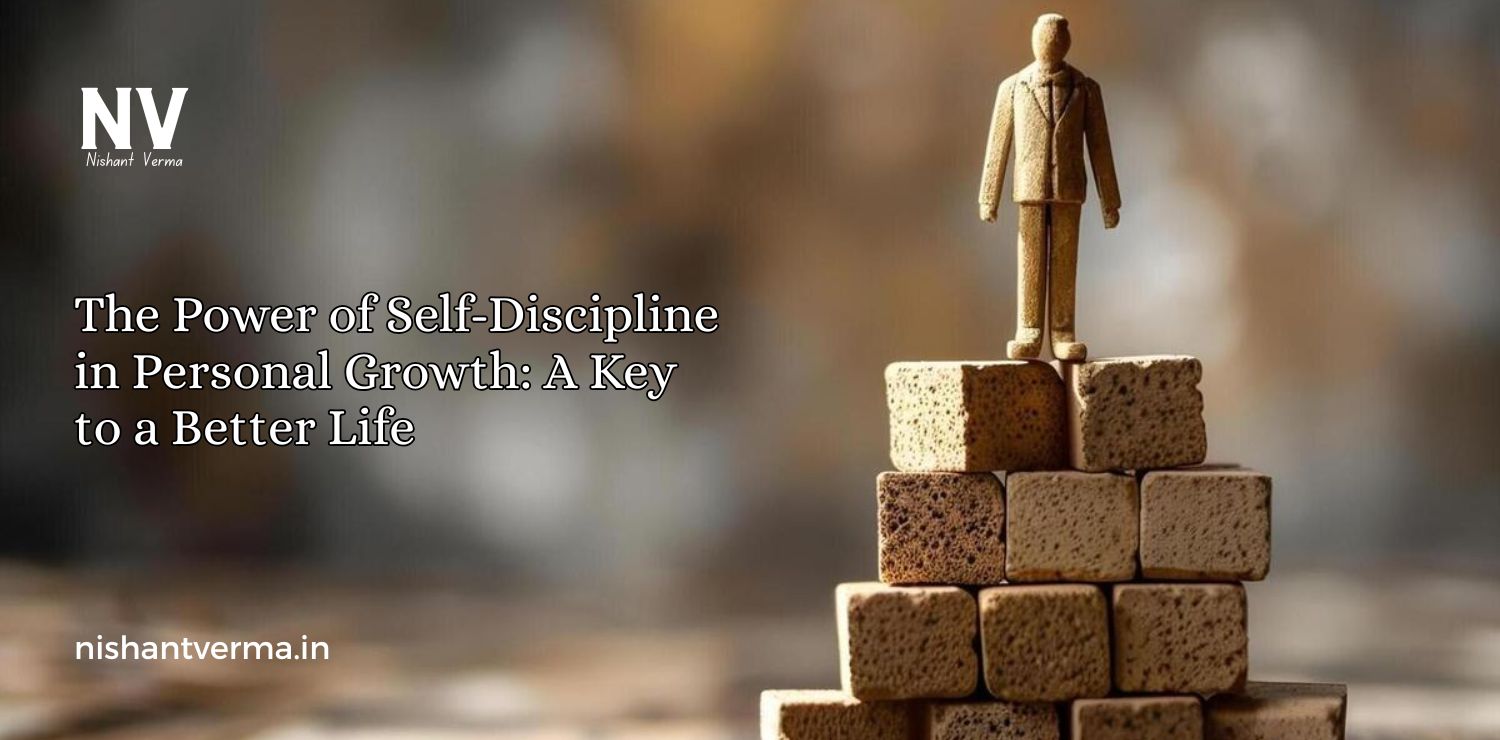Music has always been a powerful tool for communication, expression, and resistance. In India’s struggle for independence from British colonial rule, music played a crucial role in inspiring the masses, conveying political messages, and uniting people from different walks of life. The power of music to bring people together and amplify the voice of the oppressed made it an essential part of the protest movements that aimed to challenge British authority and fight for freedom.
From the early days of the struggle for independence to the final years of resistance, music was used as a means of rallying people, energizing protests, and spreading nationalist sentiments. This article explores the significance of music in India’s freedom struggle, focusing on role of Music in Protest Movements Against British Rule.
The Power of Music in Inspiring Nationalism
During British colonial rule, music became one of the most effective means of expressing nationalist ideas and rallying people to the cause of independence. With India’s diverse cultures, languages, and traditions, music was a universal language that transcended regional barriers. It was a form of protest that everyone could relate to, regardless of their background or social status.
Nationalist leaders recognized the power of music to inspire and mobilize people. Many leaders, including Mahatma Gandhi, understood that music could be a powerful tool in connecting the masses to the cause of independence. Songs that expressed patriotic sentiments were used to spread a sense of unity, solidarity, and hope among the people. Music became a vehicle for promoting the idea of an independent India, free from British oppression.

The Role of Folk Music in the Freedom Struggle
In the early stages of India’s fight for independence, folk music played a significant role in spreading nationalist ideas, especially in rural areas. Folk music, which was deeply rooted in Indian traditions, resonated with people from all parts of the country. These songs often carried messages of resistance and defiance against British rule, and they were easily understood by common people.
One of the most famous forms of folk music that became popular during the independence movement was the patriotic song “Vande Mataram.” Written by Bankim Chandra Chattopadhyay, “Vande Mataram” became the anthem of the Indian independence movement and was sung at rallies, protests, and gatherings to inspire unity and patriotism. Its powerful lyrics, calling people to worship the motherland, united people across regions, languages, and communities in their struggle against British oppression.
Similarly, songs that highlighted the pain of colonial rule and the longing for freedom spread rapidly across villages and towns. These songs, often passed down orally, were sung during protests, at community gatherings, and in the streets, with people from all walks of life joining in the chorus of resistance.
The Contribution of Rabindranath Tagore
Rabindranath Tagore, one of India’s greatest poets and musicians, made significant contributions to the use of music in the struggle for independence. His songs, known as “Rabindra Sangeet,” not only celebrated India’s cultural heritage but also conveyed strong nationalist messages. Tagore’s compositions focused on themes of freedom, unity, and the aspirations of the Indian people.
One of Tagore’s most famous songs, “Jana Gana Mana,” which later became the national anthem of India, was a reflection of India’s quest for independence. The song spoke of the unity of the Indian people, transcending language, religion, and geography, and it became a symbol of the Indian struggle for freedom.
Tagore’s works were not limited to just poetry; his songs were widely sung at rallies and gatherings organized by freedom fighters. His music inspired many, providing a sense of hope and a collective sense of belonging. Tagore’s contributions to music became an essential part of the cultural fabric of India’s independence movement.

Gandhian Influence and the Power of Bhajans
Mahatma Gandhi, the leader who led India’s non-violent struggle for independence, also recognized the importance of music in the fight against British rule. Gandhi believed that music could unify people, calm their minds, and keep them focused on the larger goal of freedom. He incorporated music, particularly devotional songs or bhajans, into his protests and campaigns.
One of the most iconic bhajans that became popular during the independence movement was “Raghupati Raghav Raja Ram.” This simple yet powerful song became a part of the daily routine during Gandhi’s campaigns, especially the Salt March. Gandhi used the song to bring people together, and it was often sung during marches, satyagrahas (non-violent protests), and other gatherings. The song’s message of truth and non-violence resonated deeply with the masses, reinforcing Gandhi’s principles of peace and resistance.
Bhajans and other devotional songs played a crucial role in connecting people to the larger cause of independence. These songs were not just about religion; they were about unity, justice, and the fight for freedom. By incorporating religious and spiritual music into his movements, Gandhi ensured that the protests had a broad and inclusive appeal, bringing together people from various backgrounds and communities.
Music in the Quit India Movement and the Final Struggle
The Quit India Movement of 1942 marked a significant turning point in the Indian independence struggle. This was a mass civil disobedience campaign led by Mahatma Gandhi, demanding an end to British rule. Music played a vital role in the Quit India Movement by providing the people with a sense of determination and unity.
During this period, songs that called for action, resistance, and defiance became popular. The song “Chal Chal Chal Mere Saath Chal” (Come, come, walk with me) was one such example. It encouraged people to join the movement and resist British rule. Other songs, such as “Satyagraha Hai Hum” (We are the truth, we are the movement), became rallying cries for the people who joined the protests and the civil disobedience campaigns.
The role of music during the Quit India Movement went beyond just energizing the masses; it also helped in spreading the message of the movement to those who could not read or write. Songs were an effective way of reaching the illiterate population, ensuring that the message of resistance was heard across the country.

Film Music as a Tool for Political Expression
In the years leading up to India’s independence, Bollywood (then known as Hindi cinema) emerged as a powerful medium for spreading nationalist sentiments. Filmmakers began to use music in movies to portray the struggles of the common people and the resistance to British rule. Music became a vehicle for political expression, with songs becoming anthems for the masses.
The 1940s and 1950s saw the release of many patriotic films that incorporated music to promote the ideals of independence. Movies like Kismet (1943), Shaheed (1965), and Jagriti (1954) used songs as a way of telling stories of sacrifice, courage, and resistance. These songs became symbols of the fight for freedom and were sung during protests, at gatherings, and in the streets.
One of the most famous patriotic songs from the era was “Ae Mere Pyare Watan” from the movie Kabuliwala (1961). The song expressed the deep love and longing for the motherland and became a beloved anthem of patriotism.
Conclusion: Music in Protest Movements
Music was an essential tool in the Indian independence struggle, serving as a means of communication, motivation, and resistance. It united people, inspired action, and strengthened the resolve of the masses to fight against British rule. From the folk songs sung in villages to the patriotic songs in films, music played a key role in shaping the nationalist sentiments that ultimately led to India’s independence.
The contribution of poets, musicians, and filmmakers in using music for political and social change cannot be overstated. Whether through the powerful lyrics of Vande Mataram, the bhajans sung by Gandhi’s followers, or the patriotic songs of the film industry, music was a constant companion in the journey towards freedom. It helped give voice to the oppressed and became a source of strength and solidarity for millions of Indians.
Even today, the music of the independence struggle continues to inspire generations of Indians, reminding them of the sacrifices made and the collective spirit that led to the country’s freedom. The legacy of protest music is still alive in India, reminding the nation of its past while encouraging future movements for justice and equality.




